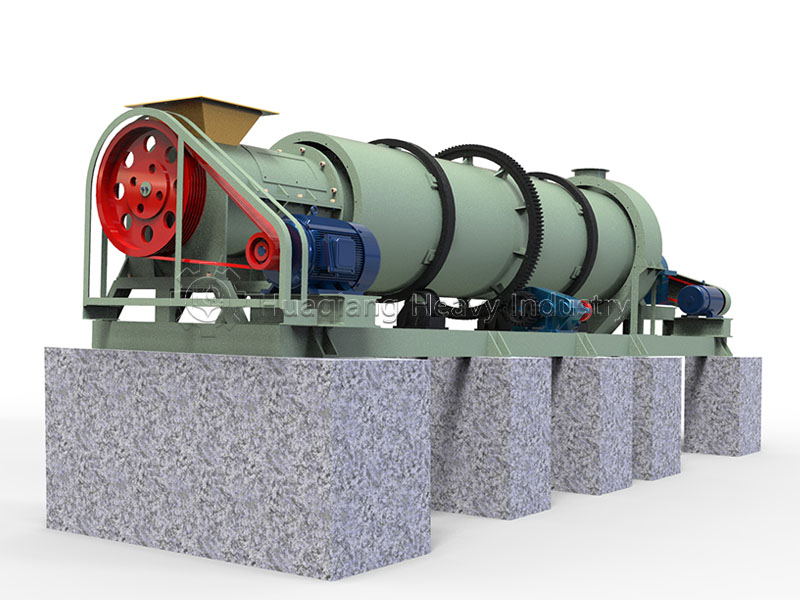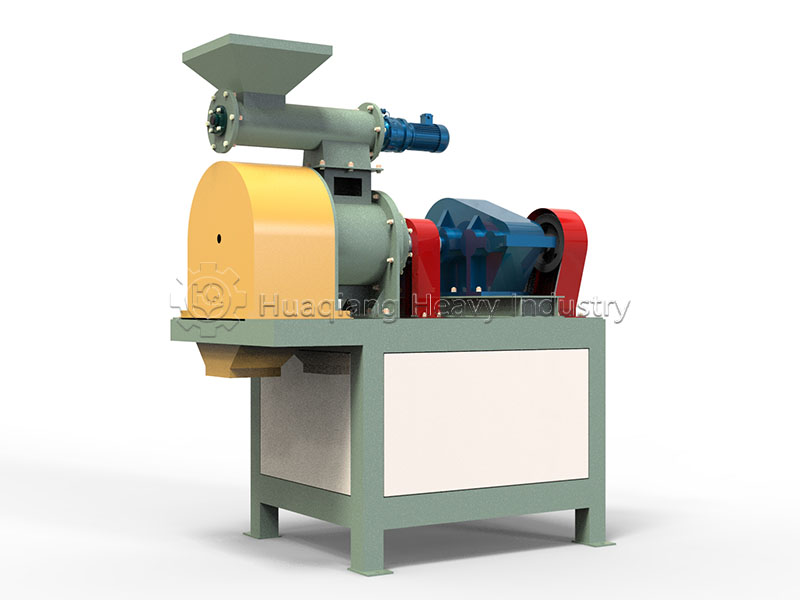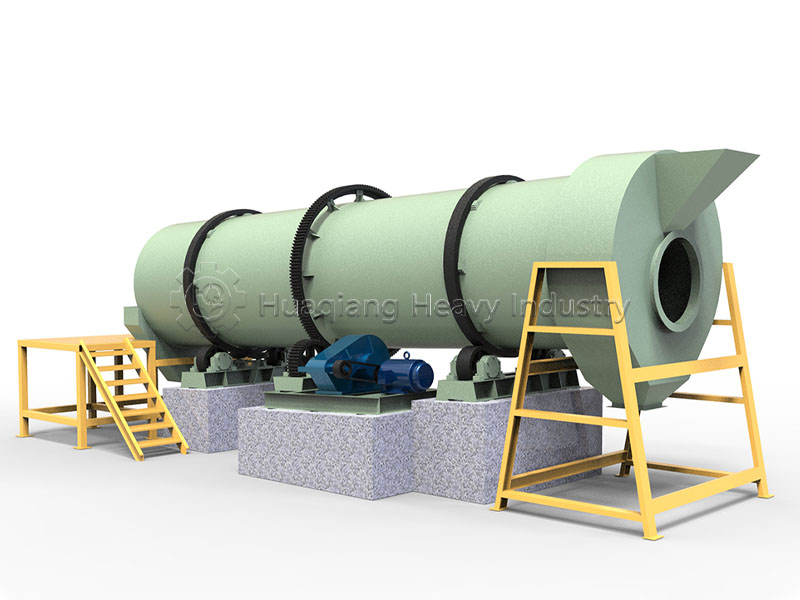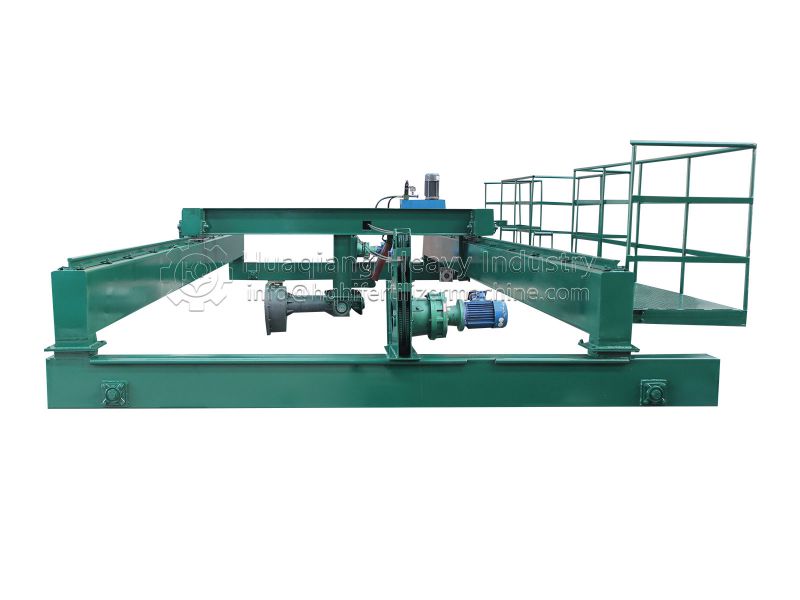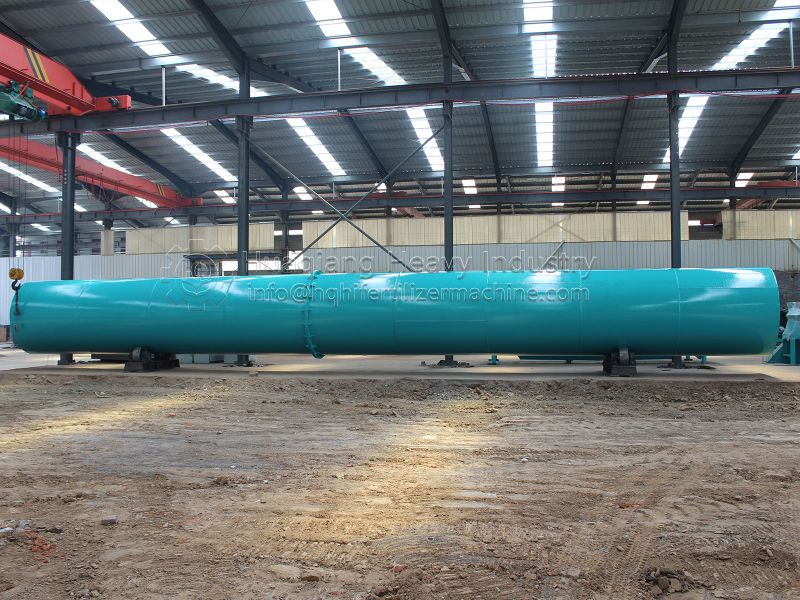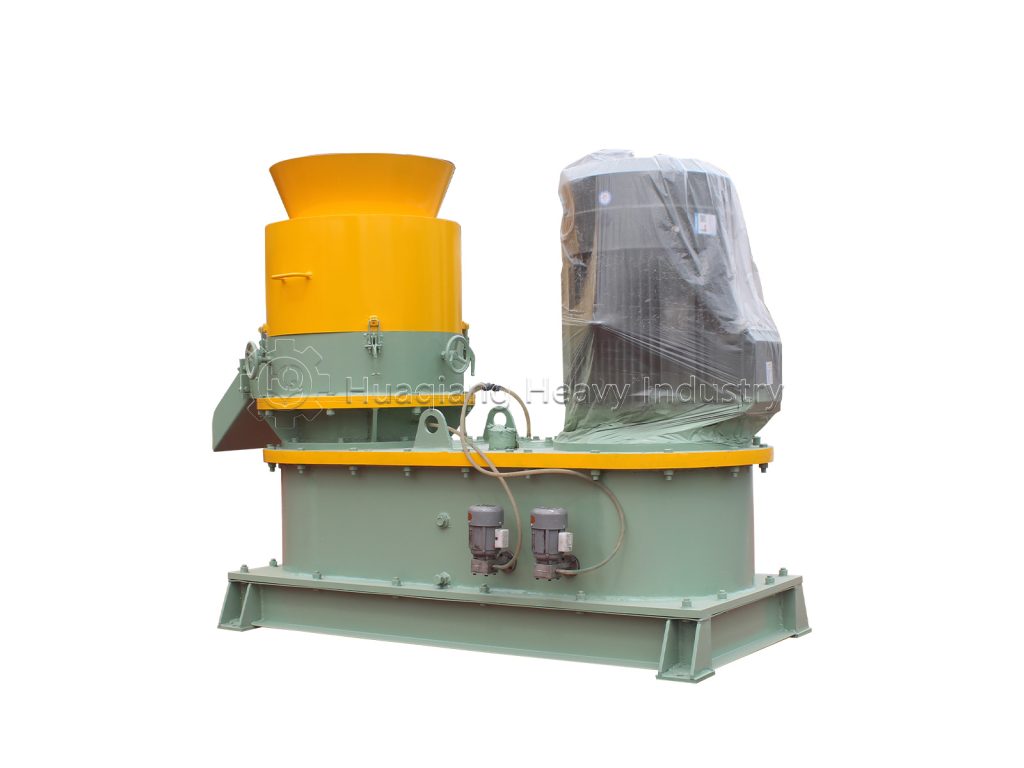Double roller press granulators(fertilizer compaction machines), with their unique dry process, have become a mainstream option in fertilizer granulation production. This double roller press granulator eliminates the need for drying and converts powder into granules through pure physical extrusion.
The core operating mechanism revolves around twin-roll extrusion: an electric motor, via a reducer, drives two synchronously counter-rotating rollers, each with a uniform pattern of hemispherical dimples distributed across its surface. Once the dry powder enters the gap between the rollers, tens of tons of pressure displace the air between the particles, connecting them to form a dense cake. Upon exiting the rollers, the particles naturally break into oblate spherical granules. After subsequent crushing and screening, unqualified powder is automatically mixed back into fresh material for further processing, resulting in a granulation rate typically exceeding 90%.
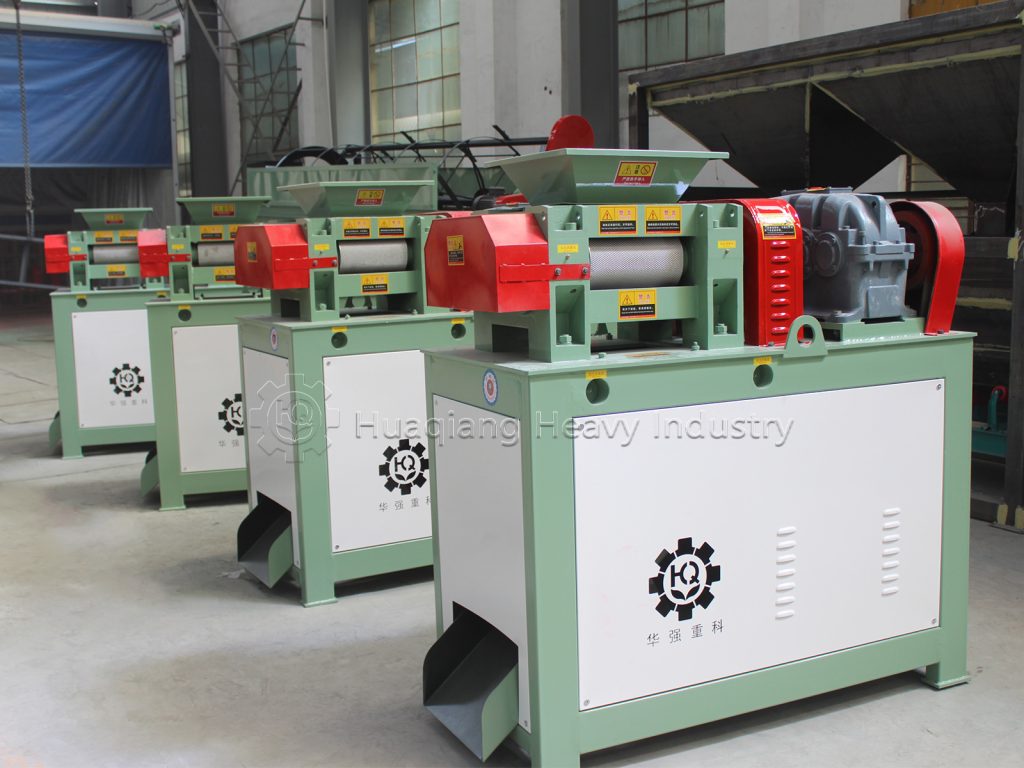
The double roller press granulator utilizes corrosion-resistant and wear-resistant materials such as stainless steel, ensuring corrosion-resistant contact areas and a long roller life. Its compact design and easy maintenance, along with numerous quick-release features, allow for rapid adaptation to a variety of raw materials, including ammonium sulfate, organic fertilizer, and compound fertilizer.
